Artwork Preparation
This is a complete toolkit for you to reference when converting, designing, and prepping your artwork for uploading.
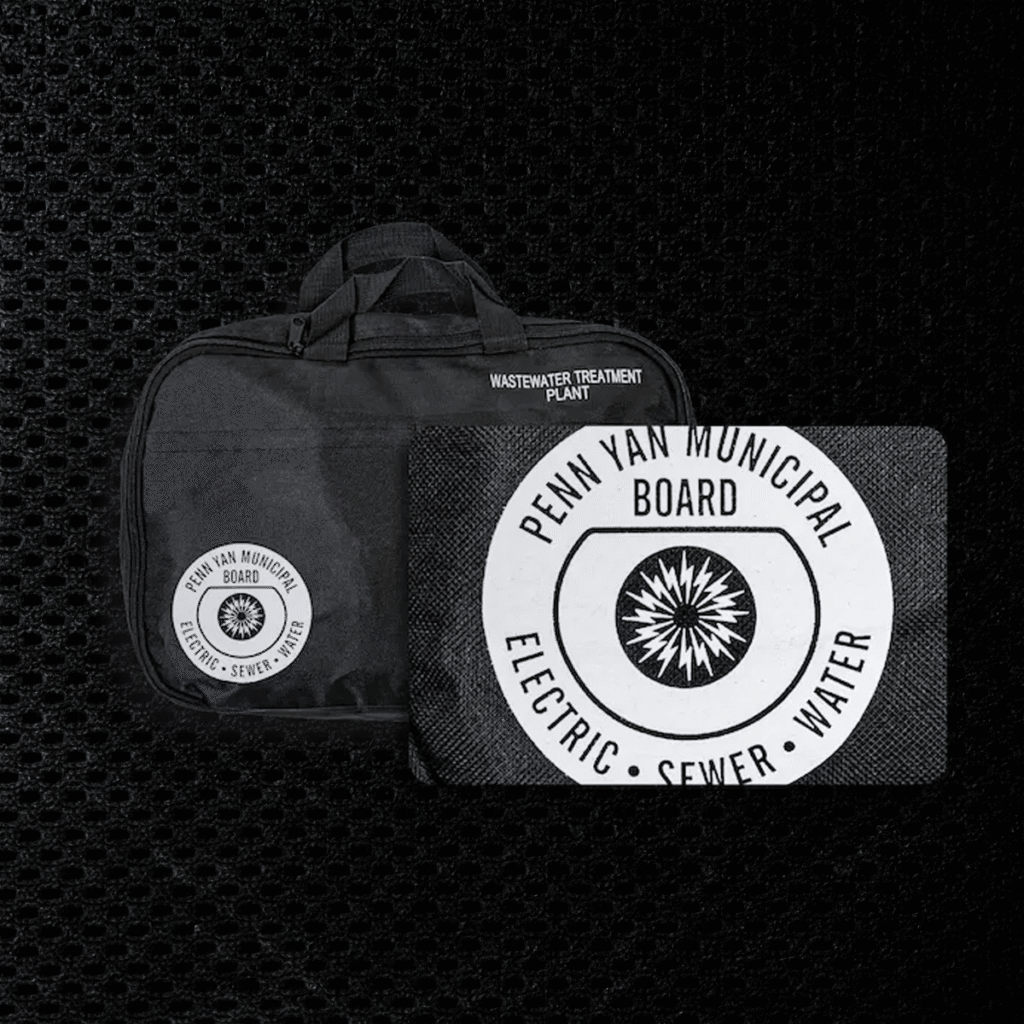
Color Profiles
Convert RGB artwork to CMYK before uploading.

Because the RGB (Red, Green, and Blue) color profile is designed for screens, artwork in RGB will look different when printed than it did on a screen, often much darker.

Converting artwork to the CMYK (Cyan, Magenta, Yellow, and Black) color profile before submitting will ensure it’s optimized for printing.
Vector & Raster Art
Each has its own benefits and we take both. Check to see if your artwork is vector or raster by opening it and zooming in.
Vector Artwork
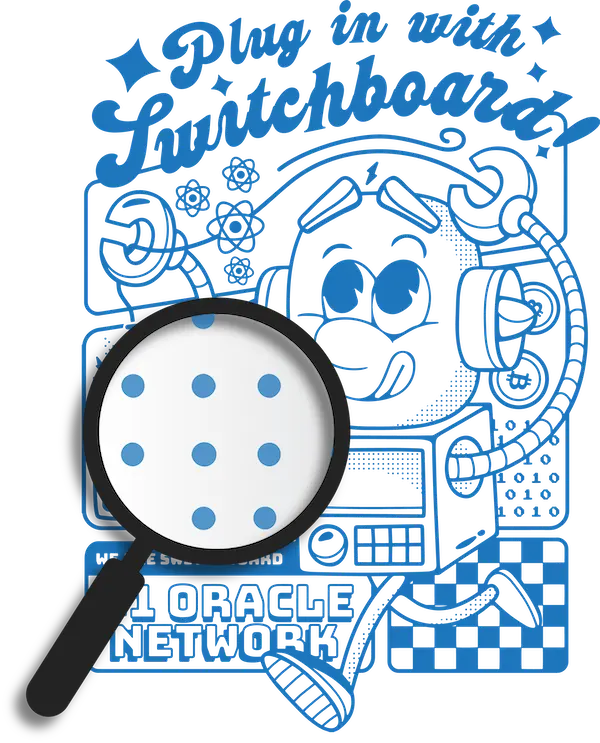
As you zoom in on vector artwork, the edges of objects will always remain sharp. This is because vector artwork is composed of responsive mathematical formulas, meaning you can take a t-shirt tag and scale it up to billboard size and there would be no loss in resolution.
The importance of vector artwork is that because of its clean edges, it’s necessary for achieving a classic screen printed look.
Send vector artwork for: Error Proof Transfer®, Full Color Fusion®, and DTF transfers.
Raster Artwork
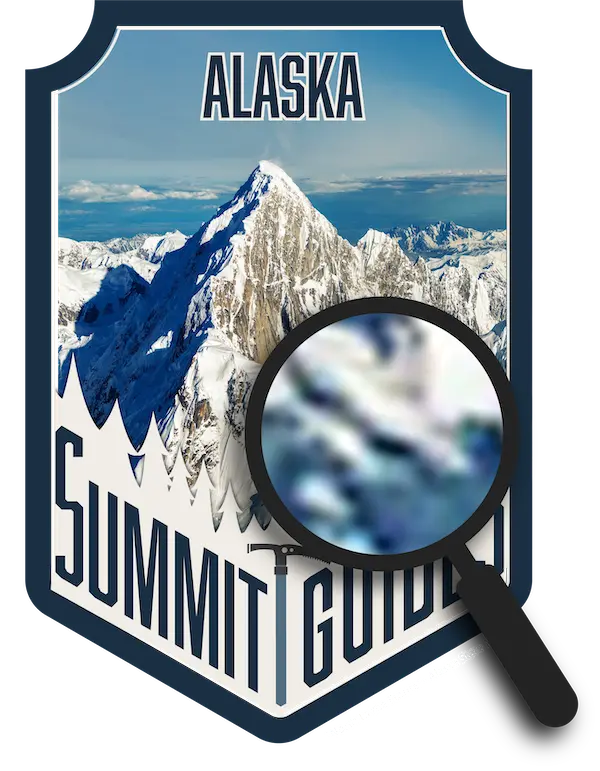
As you zoom in on raster artwork, eventually you can see individual blocks of color. This is because raster artwork is pixel based, meaning it is made up of tiny colored elements that create gradients. As a result, enlarging raster artwork too much can sometimes result in a blurry image. This is why we recommend a minimum of 300 DPI for artwork composed of raster images for the highest quality print possible.
The importance of a raster artwork is that it is necessary for printing a full spectrum of colors like gradients and photo realistic images.
Send raster artwork for: raster areas of Full Color Fusion®, and DTF transfers.
Lines & Knockouts For Vector Art
Objects and lines in your vector art should be at least 1pt thick and areas between objects and lines (knockouts) should be at least 2pt thick to ensure your artwork prints properly.
To check the thickness of the details in your artwork, open it in a program that uses vectors such as Adobe Illustrator or Corel Draw.
Lines
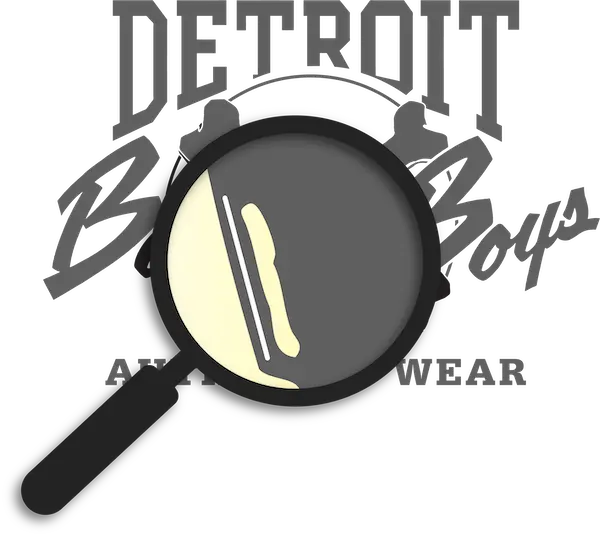
Once opened in a vector program, draw a 1pt line and compare that line to any concerning objects in your art.
Knockouts

Once opened in a vector program, draw a 2pt line and compare that to any concerning knockout areas in your art.
Color Gradients & Half Tones
If the artwork has already been created before it has been decided which type of heat transfer to order, how colors transition between each other in the artwork might play a major role in determining which heat transfer product to order.
When transitioning from one color to another, there are two techniques to do it: gradients or halftones. Use the appropriate technique for the type of heat transfer you want to order
Gradients
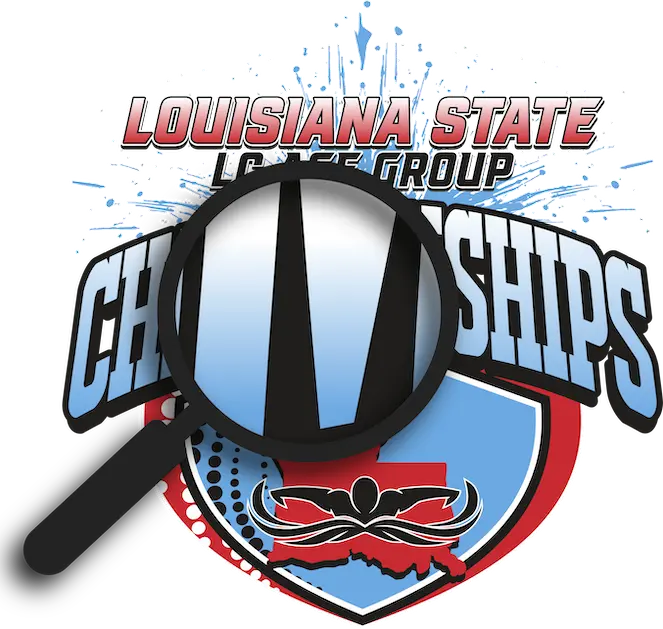
When you zoom into gradients created with programs that use vectors, you can still see that the transition between colors is seamless. For raster gradients it’s the same, but eventually you will see the individual pixels making up the gradient if you zoom in close enough.
Send artwork with gradients for: raster areas of Full Color Fusion®, and DTF transfers.
Half Tones
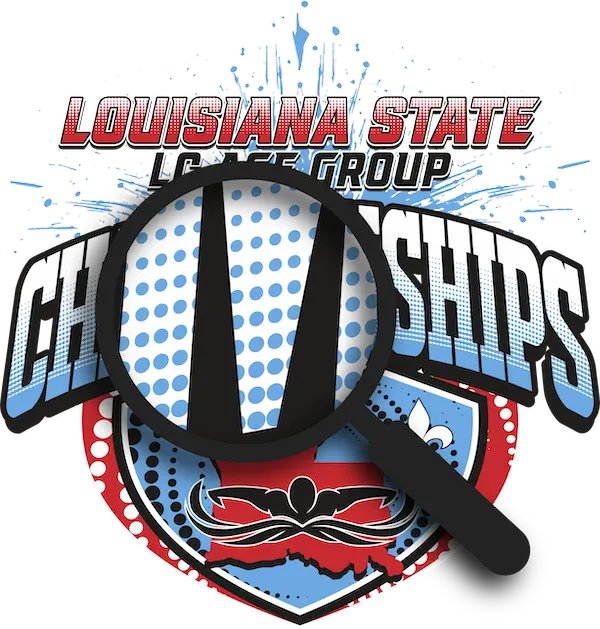
When you zoom into half tones, you can see that that the transition between colors is made up of individual dots that vary in size and the spacing between them to create the effect of a gradient.
Send artwork with halftones for: vector areas of Full Color Fusion®, and Screen Printed Transfers.
Specialty Inks
When printing your art it’s important for us to note that not all inks in our stock work the same way. The following inks are ones to pay attention to when selecting them for your artwork.
Neons, Pantone, Mid Red, & Magenta
These inks print transparent and are best printed on white garments or backed with white ink to ensure proper opacity and vibrance.
Reflective
Reflective ink is best used with less complex images so its reflectiveness is more apparent in your art.
Clear
Works best on black or dark colored garments.
Glow in the Dark
Glow is a transparent layer used to coat areas of your art, so it needs to be printed on top of other colors.
Cutting Services
You can request to have your transfers cut and separated before they’re delivered. Review the guidelines below to see how your artwork will need to be ganged on the sheet so it can be cut by our machines. Cutting fee: $0.80 per sheet

Our machines make straight cuts that pass through the entire sheet so your artwork will need to be ganged up with this in mind.

If you would like cuts to be made that don’t pass through the entire transfer, the cuts will need to be placed in a way so the sheet can be cut into two sections first, with the remaining cuts being made afterwards. We are not able to make diagonal cuts.